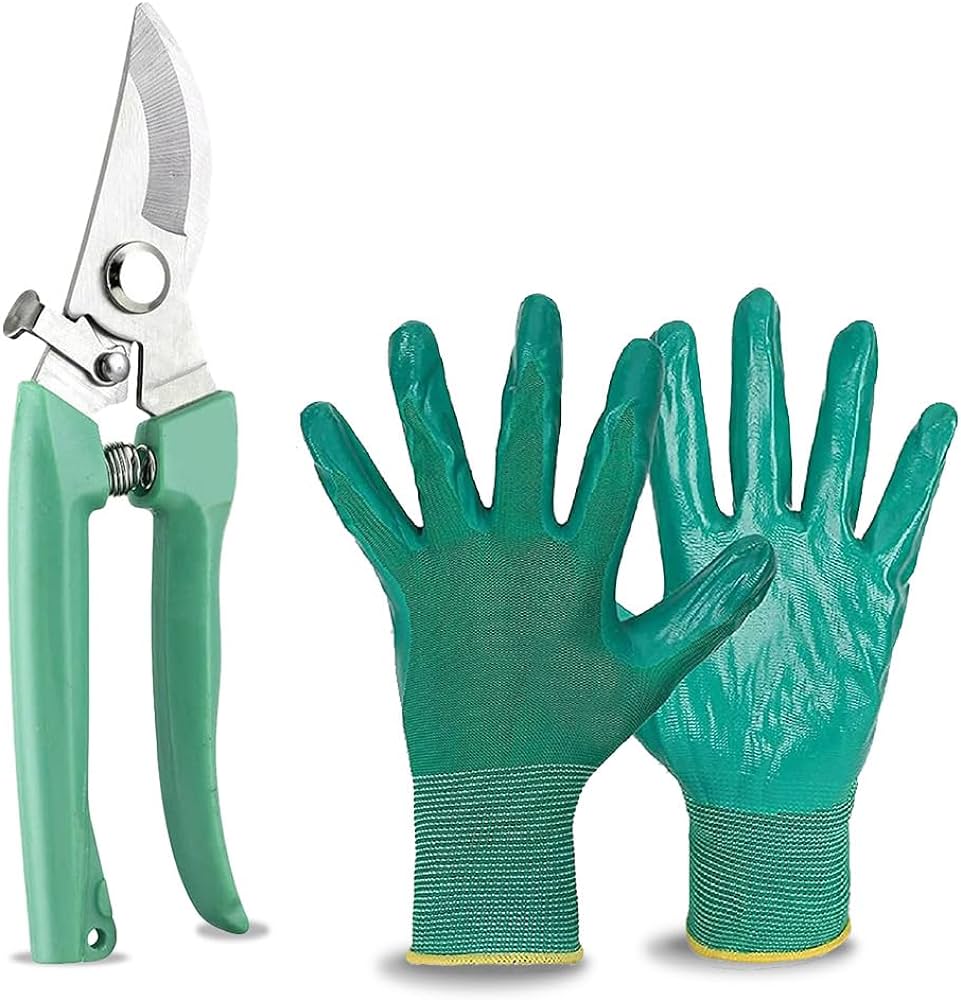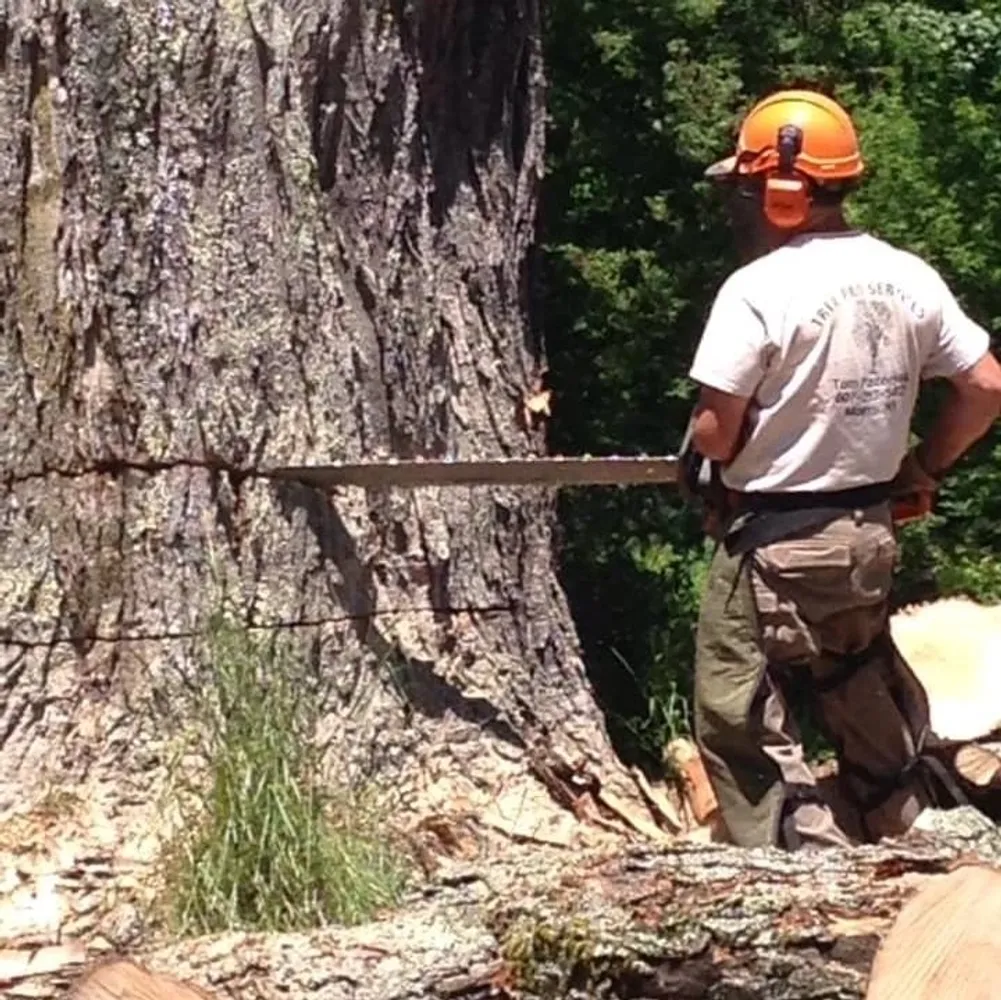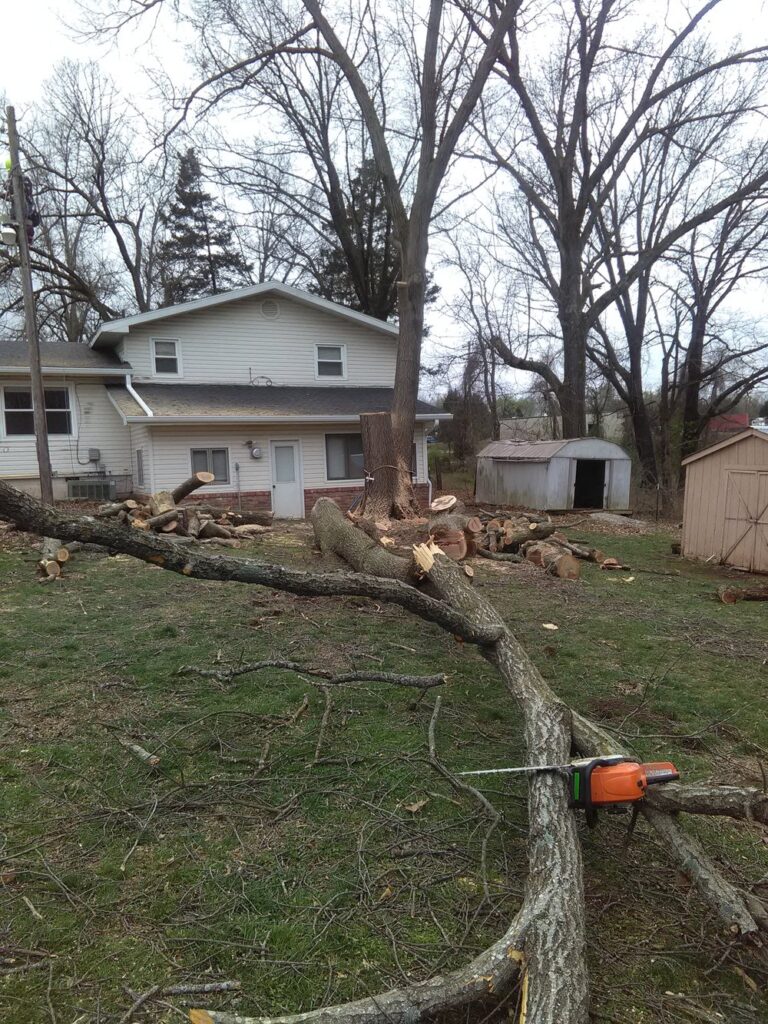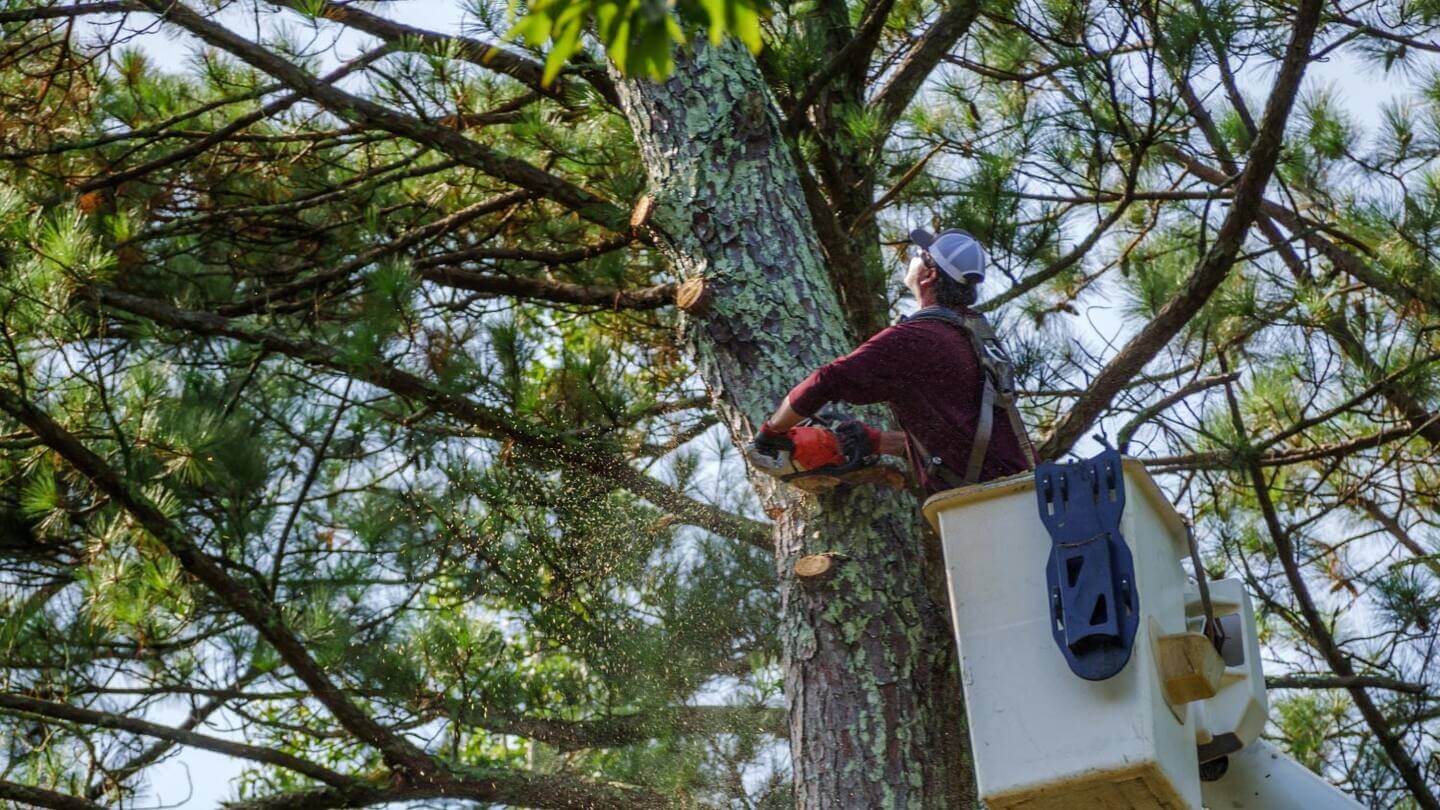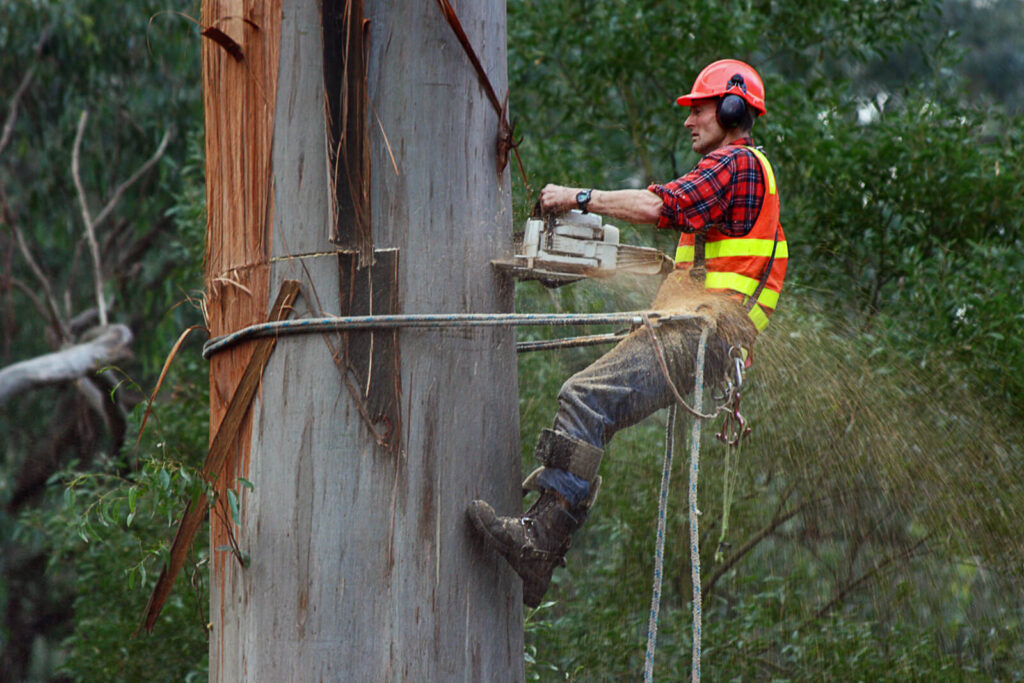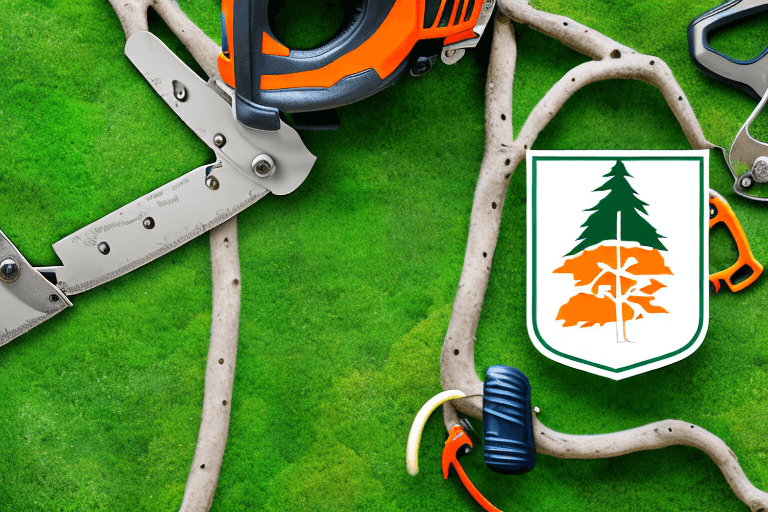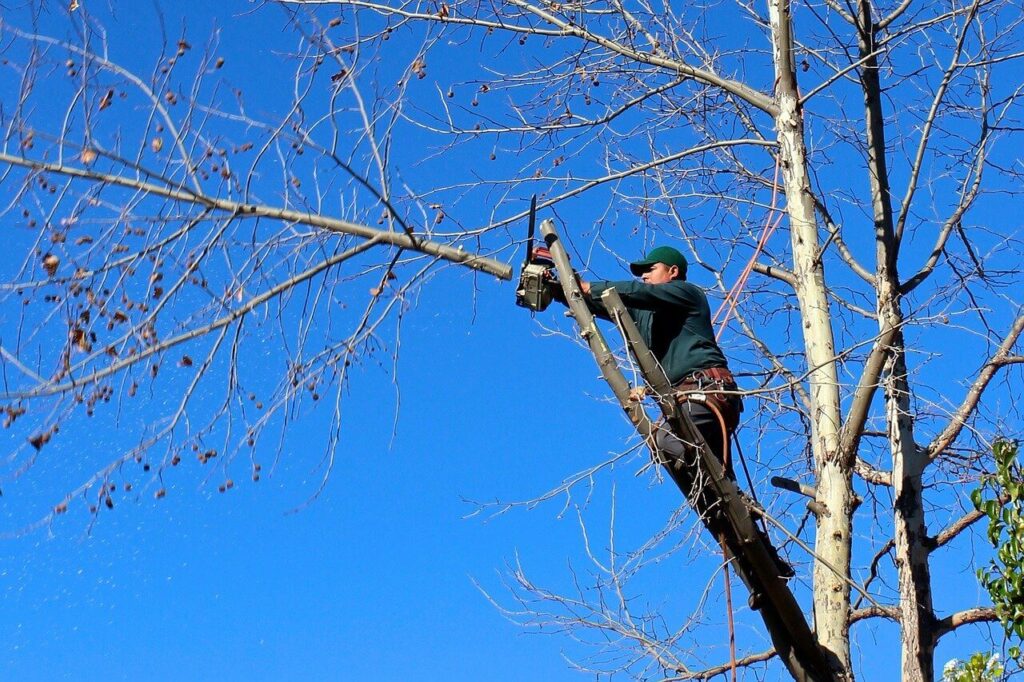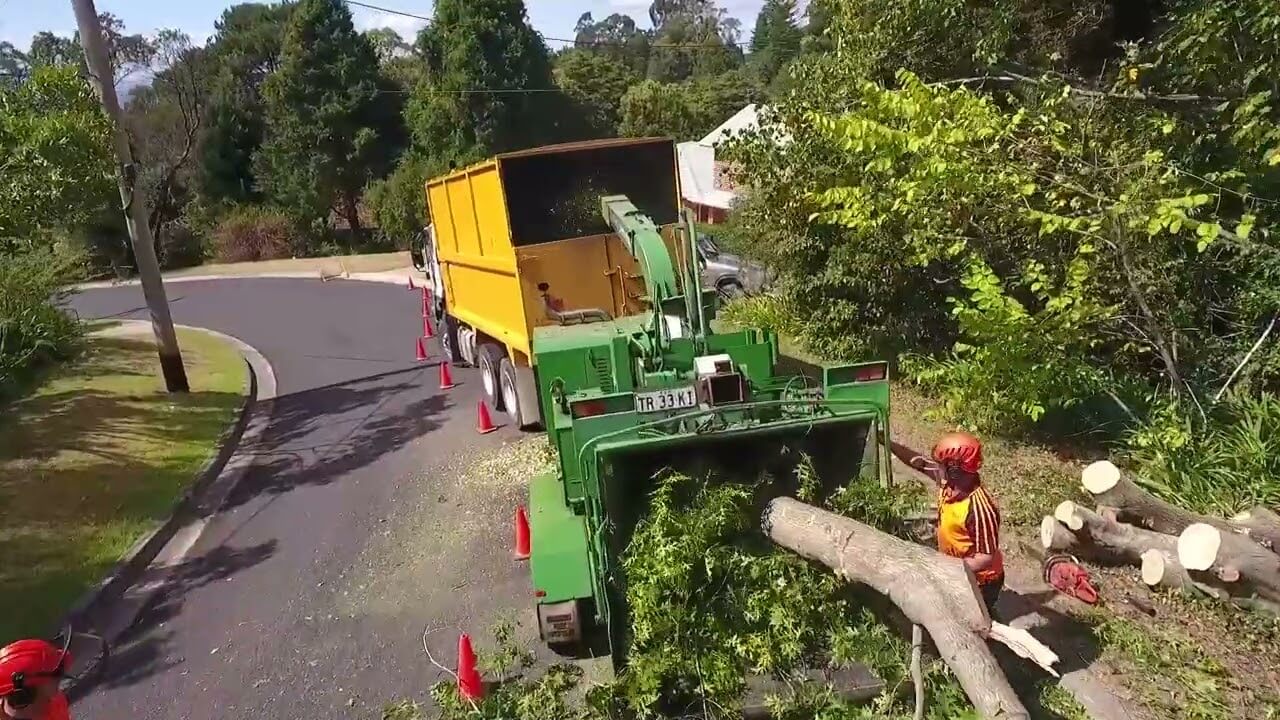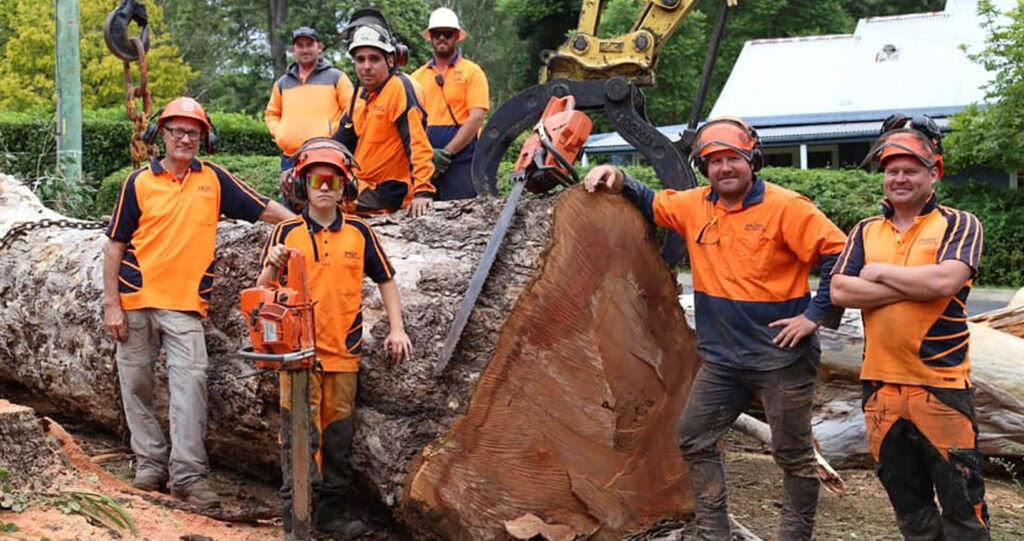Tree pruning is an essential part of maintaining the health and aesthetics of your trees. It helps remove dead or diseased branches, promotes new growth, and prevents potential hazards. To successfully prune your trees, you need the right tools for the job. In this article, we will explore the importance of tree pruning and the essential tools every homeowner should have.
Understanding the Importance of Tree Pruning
Pruning your trees regularly offers several benefits that contribute to their overall well-being. One of the primary advantages is improved tree health. By removing dead or dying branches, you prevent the spread of diseases and pests. Pruning also enhances air circulation and sunlight penetration, promoting the growth of new, healthy foliage and flowers.
By investing in the essential tree pruning tools and following proper maintenance practices, you can ensure the health and longevity of your trees. Remember to prioritize safety and, if necessary, consult a professional arborist for more complex tree pruning tasks. Happy pruning!
In addition to health benefits, tree pruning also plays a key role in maintaining tree shape and aesthetics. Proper shaping helps trees maintain a desirable form and prevents overgrowth that can lead to structural issues. Pruning can also enhance the views from your home and allow more light into your garden.
But let’s delve deeper into the benefits of regular tree pruning. Not only does it improve tree health, but it also strengthens the tree’s ability to withstand harsh weather conditions. When you prune your trees, you create a more robust structure that can better withstand strong winds, heavy snow, or ice storms. By removing weak or damaged branches, you reduce the risk of them breaking and causing potential damage to your property or nearby structures.
Furthermore, regular tree pruning can have a positive impact on the overall appearance of your landscape. It allows you to shape your trees according to your preferences, creating a visually appealing and harmonious environment. Whether you prefer a more formal and symmetrical look or a natural and organic feel, pruning enables you to achieve the desired aesthetic effect.
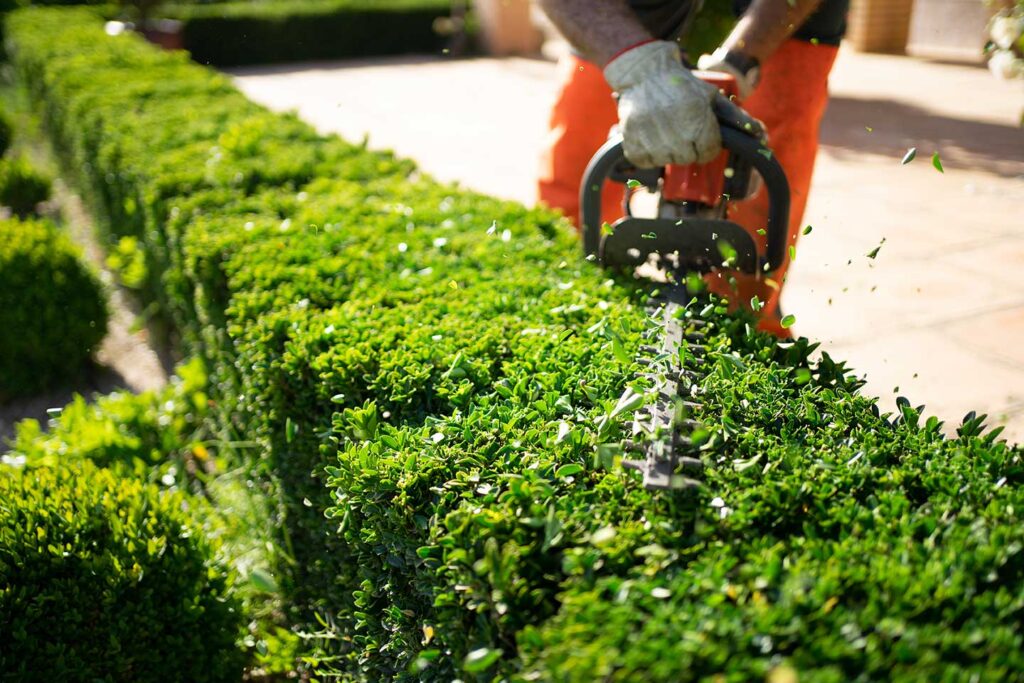
Benefits of Regular Tree Pruning
1. Improved tree health by removing diseased or damaged branches.
2. Enhanced air circulation and sunlight penetration for better growth.
3. Maintaining the desired shape and aesthetics.
4. Preventing overgrowth and structural issues.
5. Enhancing views and allowing more light into the garden.
6. Strengthening the tree’s ability to withstand harsh weather conditions.
7. Creating a visually appealing landscape.
Risks of Neglecting Tree Pruning
Neglecting tree pruning can have negative consequences for both the tree and homeowners. Overgrown branches can pose a risk of falling, especially during storms or high winds, potentially causing property damage or personal injury. Unpruned trees are also more susceptible to diseases and infestations, which can spread to neighboring trees. By neglecting tree pruning, you may face higher maintenance costs in the long run. Learn more about infestations at https://blink.ucsd.edu/safety/general/pests/prevention/index.html
Additionally, the lack of pruning can lead to the formation of weak branch unions, where branches grow too closely together and become structurally unsound. These weak unions are prone to splitting, which can result in significant damage during severe weather events. Moreover, unpruned trees may develop dense canopies that limit sunlight penetration, negatively impacting the growth of other plants in your garden.
Basic Tree Pruning Tools Every Homeowner Should Have
Now that you understand the importance of tree pruning, let’s delve into the essential tools you should have as a homeowner to maintain your trees.
Proper tree pruning not only enhances the aesthetic appeal of your landscape but also promotes tree health and safety. Regular pruning helps remove dead or diseased branches, improves sunlight penetration and air circulation, and shapes the tree for better growth.
Hand Pruners
Hand pruners, also known as secateurs, are a versatile tool for trimming small branches and removing deadwood. They are ideal for cutting branches up to 1 inch in diameter and provide precise and clean cuts. Hand pruners come in two main types: bypass pruners, which provide a clean cut like a pair of scissors, and anvil pruners, which have a straight blade that cuts against a flat surface. It’s essential to choose the right type based on the task at hand to ensure the health of your trees.
Loppers
Loppers are designed for cutting thicker branches, generally ranging from 1 inch to 2 inches in diameter. With long handles and sharp blades, loppers provide the leverage and cutting power needed to remove larger branches. There are bypass loppers that work like scissors, and anvil loppers that have a straight blade that cuts onto a flat edge. Selecting the appropriate lopper for the job is crucial to prevent damage to the tree and ensure a clean cut.
Pruning Saws
Pruning saws are essential for removing larger branches that hand pruners or loppers cannot handle. They have sharp, curved blades that make it easier to cut through thicker branches with precision. Pruning saws come in various sizes and tooth patterns, such as straight blades for smooth cuts and curved blades for cutting in tight spaces. Choosing the right pruning saw based on the branch size and tree type is key to successful tree maintenance.
Advanced Tree Pruning Tools for Larger Trees
If you have larger trees in your yard, you may need some advanced tools to effectively prune them. Proper tree pruning is essential for the health and aesthetics of your trees, and using the right tools can make the job easier and more efficient.
When it comes to maintaining larger trees, investing in high-quality tools is crucial. Not only do they make the pruning process smoother, but they also ensure the safety of both the pruner and the tree itself.
Pole Pruners
Pole pruners are indispensable tools for reaching and pruning higher branches without the need for a ladder. They consist of a long pole with a cutting head at the end, operated by a rope or lever system. This tool allows you to trim branches that are out of reach with ease, promoting the overall health and appearance of your trees.
When using a pole pruner, it’s important to maintain proper balance and stability to avoid accidents. Start by identifying the branches that need pruning and carefully position the cutting head before making any cuts. Regular maintenance of the cutting blade is also essential to ensure clean and precise cuts.
Hedge Shears
Hedge shears are another valuable tool for pruning larger trees, especially when it comes to trimming smaller branches and shaping hedges. With their long, straight blades, hedge shears provide clean cuts and allow for precise trimming, enhancing the overall look of your trees and shrubs.
When using hedge shears, it’s important to keep the blades sharp for optimal cutting performance. Clean the blades regularly to prevent the spread of diseases between plants. Additionally, wearing gloves can help protect your hands during prolonged pruning sessions.
Chainsaws
Chainsaws are heavy-duty tools suitable for cutting larger branches or even felling trees. When using a chainsaw, it’s crucial to prioritize safety and proper technique to prevent accidents. Ensure that you have the necessary knowledge and experience to operate a chainsaw safely, or consider hiring a professional arborist for complex pruning tasks.
Before using a chainsaw, inspect the tool for any damage and ensure that the chain is sharp and properly tensioned. Always wear appropriate safety gear, including a helmet, goggles, ear protection, and chainsaw chaps. Remember to plan your cuts carefully to avoid any unforeseen hazards and follow proper pruning guidelines to promote the health and longevity of your trees.
Safety Equipment for Tree Pruning
While pruning your trees, your safety should be a top priority. It is crucial to wear the appropriate safety equipment to protect yourself from potential hazards.
When embarking on a tree pruning session, it’s not just about the tools you use but also the protective gear you wear. Ensuring you have the right safety equipment can make a significant difference in preventing injuries and accidents.
Gloves and Safety Glasses
Wear gloves to protect your hands from cuts, blisters, and thorns. Safety glasses or goggles will shield your eyes from flying debris that may occur during pruning. Click here to learn more about Safety glasses or goggles.
Choosing the right gloves is important – opt for ones that are durable and offer a good grip to handle pruning tools effectively. Additionally, safety glasses should be impact-resistant to provide adequate protection for your eyes.
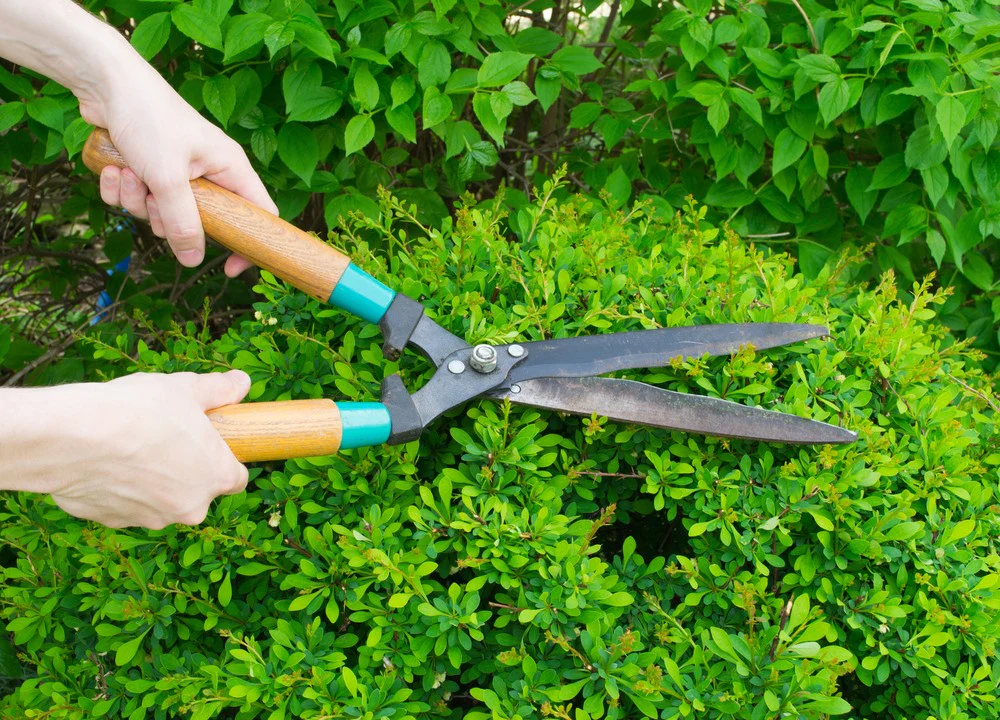
Hard Hats and Safety Harnesses
For larger tree pruning tasks or when working at heights, wearing a hard hat and using a safety harness is essential to protect against falling branches or accidents related to climbing.
When dealing with tall trees, a hard hat becomes crucial as it can protect your head from falling branches or debris. A safety harness, when used properly, can prevent falls from heights, ensuring your safety while working on elevated branches.
Maintenance and Care for Pruning Tools
Once you have acquired the necessary pruning tools, it is important to properly maintain them. Regular maintenance ensures their longevity and performance.
Proper maintenance of pruning tools not only extends their lifespan but also ensures that they function effectively when in use. Neglecting maintenance can lead to tools becoming blunt, rusty, or even damaged, which can compromise the quality of your pruning work.
Cleaning Your Pruning Tools
After each use, clean your pruning tools with warm, soapy water to remove sap, dirt, and debris. Dry them thoroughly to prevent rusting and oil the moving parts to keep them in good working condition.
Regular cleaning of pruning tools is essential to prevent the buildup of sap and debris, which can harbor harmful bacteria and fungi. By keeping your tools clean, you reduce the risk of spreading diseases between plants during pruning, promoting overall plant health.
Sharpening Your Pruning Tools
Sharp pruning tools create cleaner cuts and make pruning easier. Regularly inspect the blades of your pruners, loppers, and saws. If they appear dull or damaged, sharpen them using a whetstone or have them professionally sharpened.
Properly sharpened pruning tools not only make your pruning tasks more efficient but also minimize stress on plants. Clean cuts heal faster, reducing the risk of infection and promoting healthy growth. Regular sharpening also helps maintain the integrity of the plant tissues, ensuring precise and effective pruning.
Other resources: Understanding Tree Pruning Costs and Pricing
